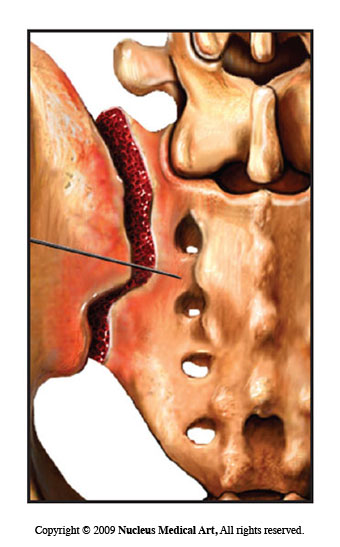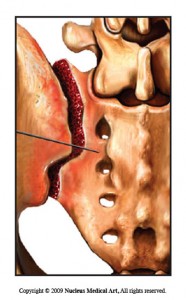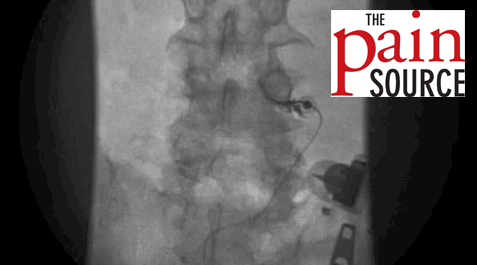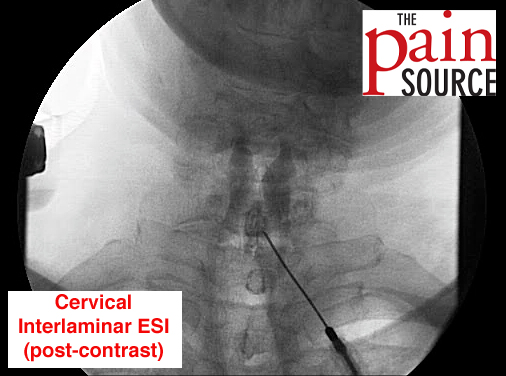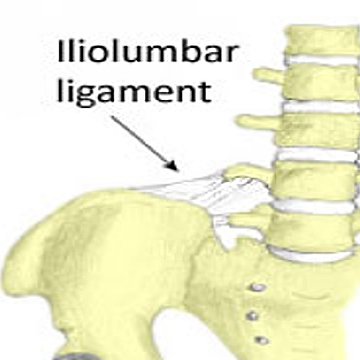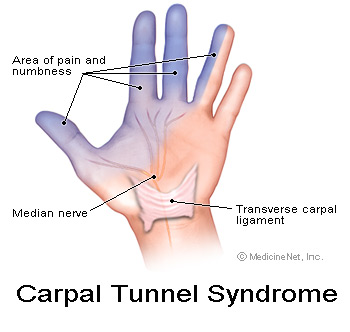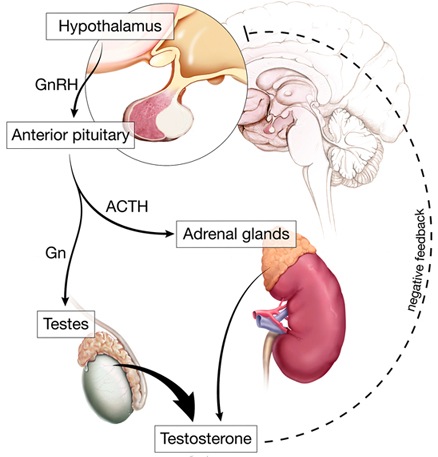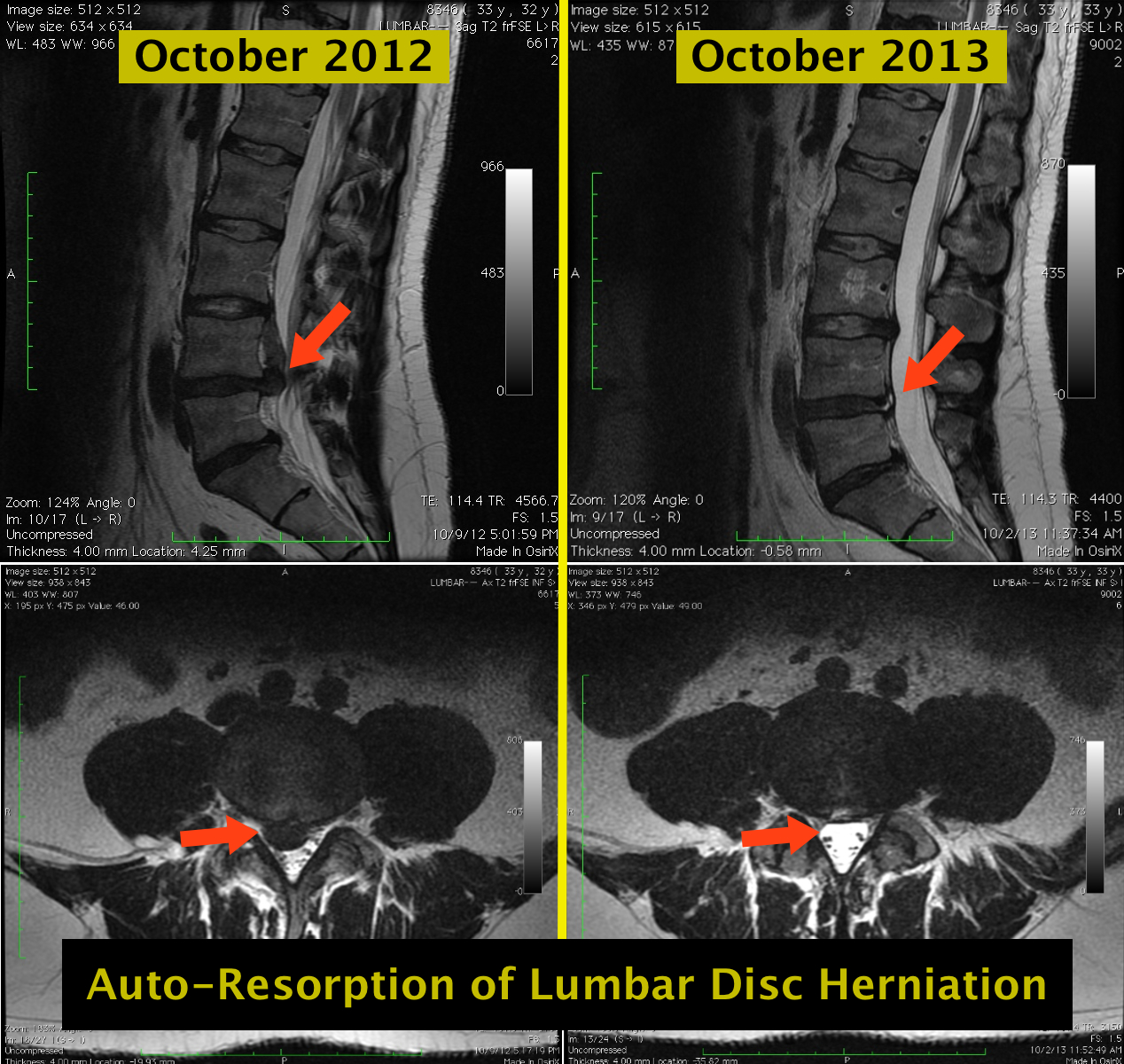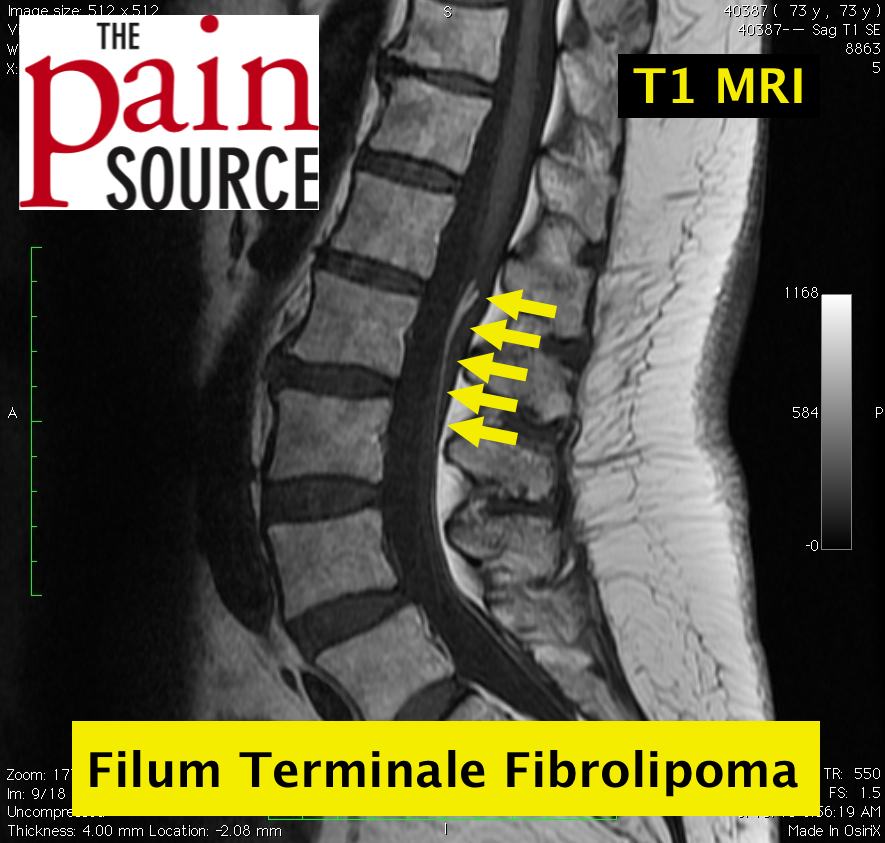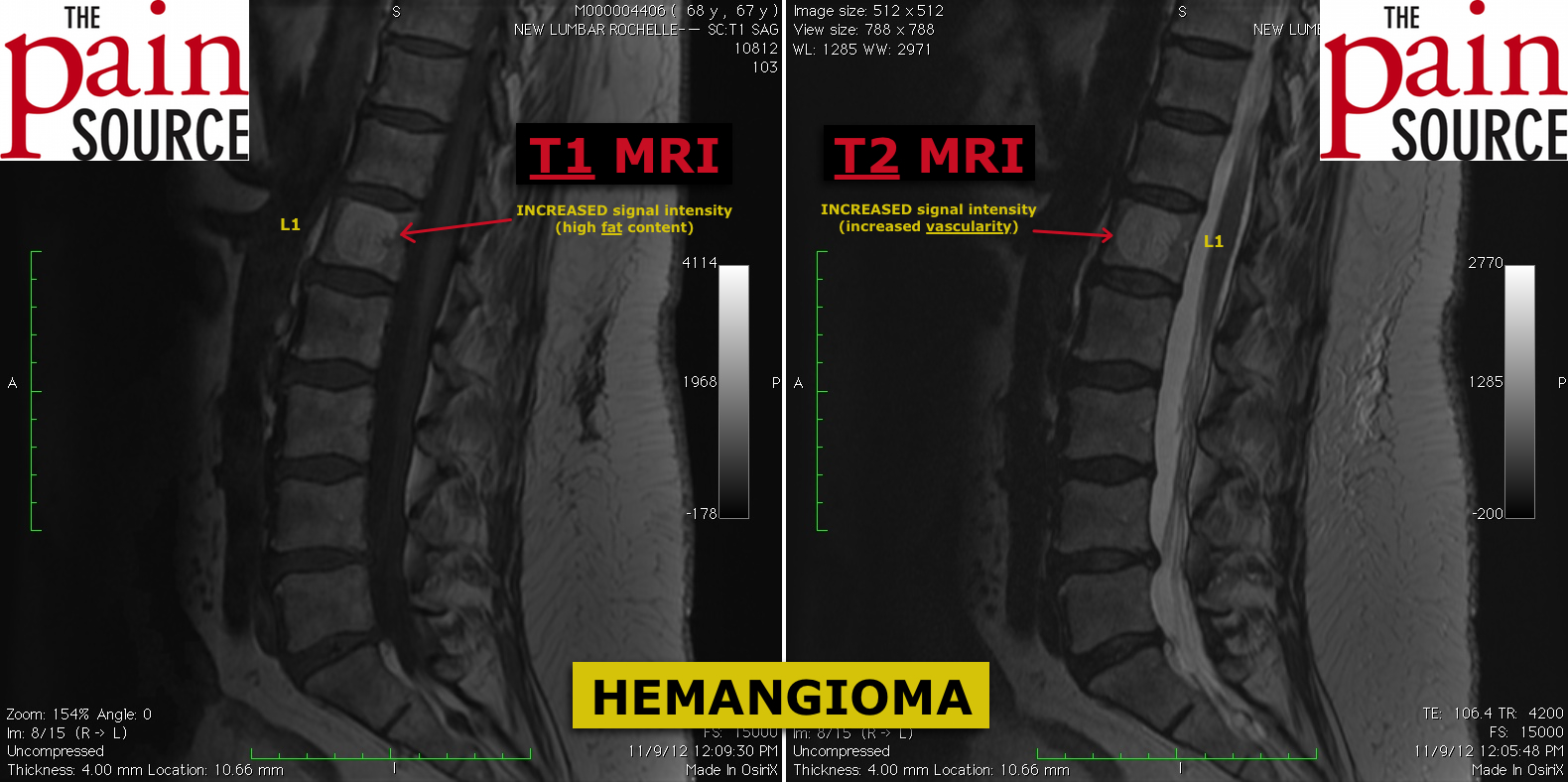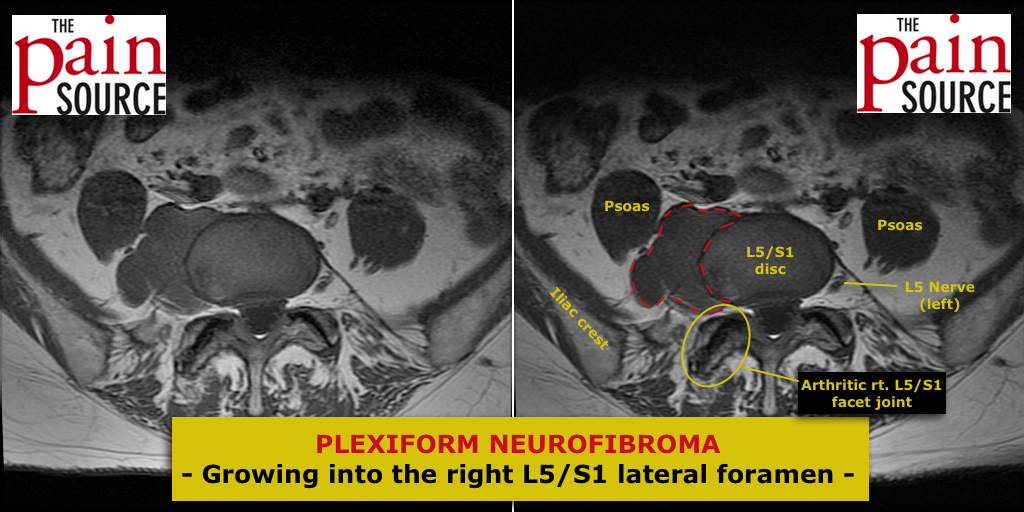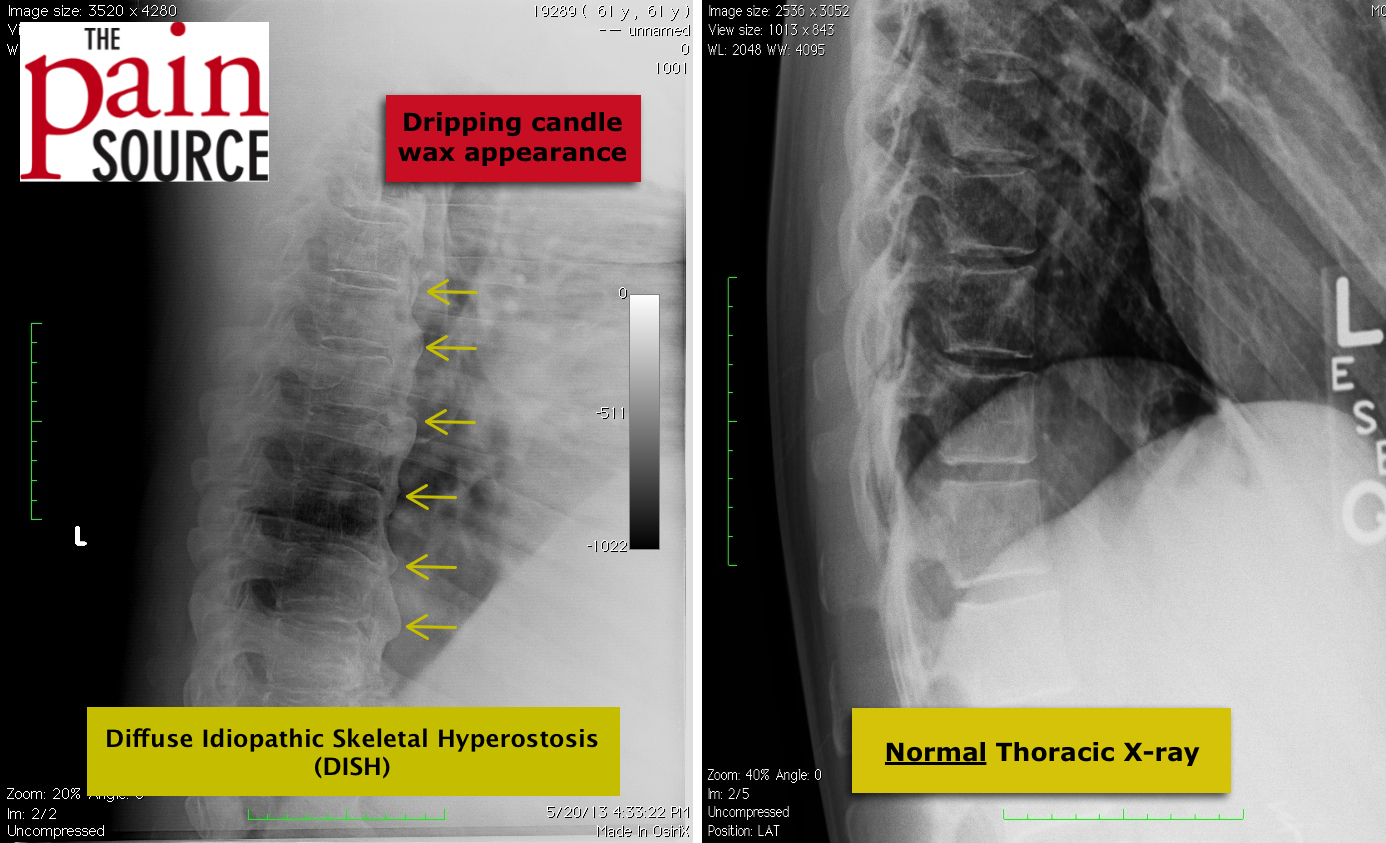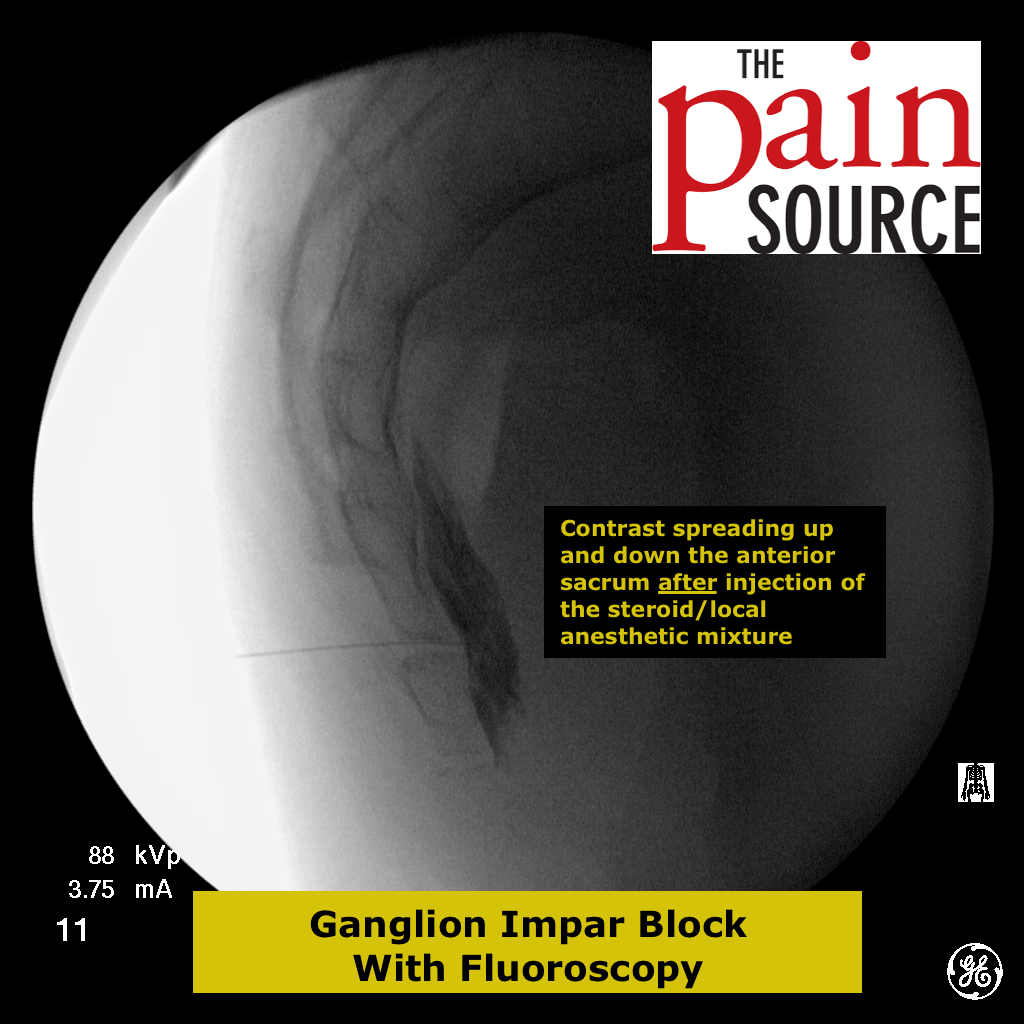Posted by Azlan Tariq, D.O.
Diagnosis of Sacroiliac Joint Pain: Validity of individual provocation tests and composites of tests
Manual Therapy 10 (2005) 207–218
Mark Lasletta, Charles N. Aprill, Barry McDonald, Sharon B. Young, Department of Health and Society, Linko¨pings Universitet, Linko¨ping, Sweden, Magnolia Diagnostics, New Orleans, LA, USA, Massey University, Institute of Information and Mathematical Sciences, Albany, New Zealand, Mobile Spine and Rehabilitation Center, Mobile, AL, USA
http://www.ncbi.nlm.nih.gov/pubmed/16038856
ABSTRACT
Objective: Previous research indicates that physical examination cannot diagnose sacroiliac joint (SIJ) pathology. This study examined the diagnostic power of pain provocation SIJ tests singly and in various combinations, in relation to an accepted criterion standard.
Design: In a blinded criterion-related validity design
Participants: 48 patients were examined by physiotherapists using pain provocation SIJ tests and received an injection of local anesthetic into the SIJ.
Results: All patients with a positive response to diagnostic injection reported pain with at least one SIJ test. Sensitivity and specificity for three or more of six positive SIJ tests were 94% and 78%, respectively.
Conclusion: Composites of provocation SIJ tests are of value in clinical diagnosis of symptomatic SIJ. Three or more out of six tests or any two of four selected tests have the best predictive power in relation to results of intra-articular anesthetic block injections. When all six provocation tests do not provoke familiar pain, the SIJ can be ruled out as a source of current LBP.
Full-text version of the study can be found here http://akuthota.com/Files/Syllabus/Laslett%20Sacroiliac.pdf
DISCUSSION
This study explored the utility of utilizing composites of SIJ provocation tests to predict the results of fluoroscopically-guided, contrast-enhanced SIJ blocks (diagnostic injection).
- SI joint can be a nociceptive source of low back pain, but there are no provoking or relieving movements or positions that are unique to SIJ pain.
- Prior to study, the acceptable method of confirming or excluding diagnosis of SIJ pain was fluoroscopically-guided, contrast-enhanced intra-articular anesthetic blocks.
Gold Standard:
Slow injection of solutions provoked familiar pain, and instillation of a small volume of local anesthetic (less than 1.5 cc) resulted in 80% or more relief of the pain for duration of effect of the anesthetic agent
Lidocaine was used in the initial injection and Bupivicaine was used in the confirmatory block.
Inclusion criteria: Patients with buttock pain, with or without lumbar or lower extremity symptoms were invited to participate in the study. Each patient had undergone imaging studies and had a variety of unsuccessful therapeutic interventions
Exclusion criteria: If patient only had midline or symmetrical pain above the level of L5, had clear signs of nerve root compression.
Sacroiliac pain provocation tests:
1) Distraction
The test is performed by applying pressure to the ASIS to distract the SI joints.
2) Thigh thrust
Examiner applies a posterior shearing stress to the sacroiliac joint through the femur
3) Left & Right sided Gaenslen’s test
The hip joint is flexed maximally on one side and the opposite hip joint is extended, stressing both sacroiliac joints simultaneously. This is often done by having the patient lying on his or her back, lifting the knee to push towards the patient’s chest while the other leg is allowed to fall over the side of an examination table, and is pushed toward the floor, flexing both sacroiliac joints.
4) Compression
The test is performed by pushing on the ASIS to compress the SI joint.
Patient is lying prone. Anterior pressure is applied on sacrum with palm.
Results and discussion:
- Of the 48 patients, 16 had positive SIJ injections (80% or more relief of the pain).
- The thigh thrust test is the most sensitive test and the distraction test is most specific. These tests should be performed first, and if both provoke familiar pain, no further testing is indicated.
- If one of the above tests is positive, the compression test should be done and if positive no further tests is required.
- All patients with SIJ pathology identified by injection had at least one positive test.
Problems in study
- All patients had chronic pain and were disabled.
CONCLUSION
Provocation SIJ tests have significant diagnostic utility. Six provocation tests were selected on the basis of previously demonstrated acceptable inter-examiner reliability. Two of four positive tests (distraction, compression, thigh thrust or sacral thrust) or three or more of the full set of six tests are the best predictors of a positive intra-articular SIJ block. When all six SIJ provocation tests are negative, painful SIJ pathology may be ruled out.

